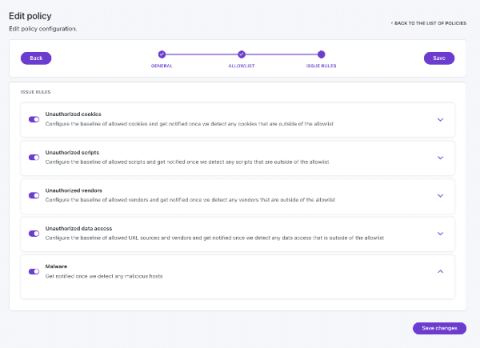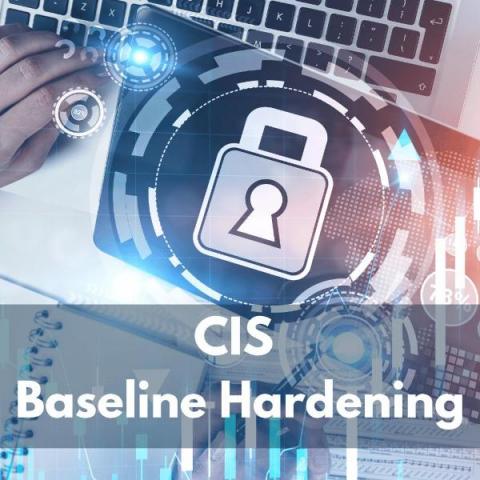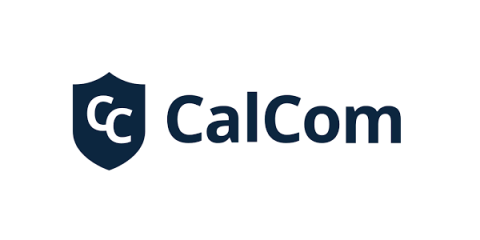ImmuniWeb Neuron Mobile
Premium Mobile Application Security Scanning. ImmuniWeb Neuron Mobile unleashes the power of Machine Learning and AI to take SAST and DAST mobile security scanning to the next level. While detecting more vulnerabilities compared to traditional scanners, every vulnerability scan by Neuron Mobile is equipped with a contractual zero false-positives SLA.











